The white umbrella mushroom, the cone mushroom and the "Canton destroying angel" are three poisonous mushrooms belonging to the genus Amanita, found to be widely distributed and commonly found in Vietnam.
Amanita is a widely distributed genus of mushrooms, including Vietnam. To date, 1702 species of the genus Amanita have been discovered. in the world . Almost all species of mushrooms in this genus are poisonous or highly poisonous, only a few species are edible, but difficult to distinguish. This genus of mushrooms is the cause of 90 to 95% of deaths due to poisonous mushrooms worldwide.
On June 24, MSc. Nguyen Thi Thu Trang, lecturer of the Department of Microbiology, Faculty of Biology - Biotechnology, University of Natural Sciences, Ho Chi Minh City, said that the Amanita mushroom genus can be identified through external characteristics.
In terms of color, most Amanita mushrooms are red, orange, yellow, white, gray, or moss green, belonging to the group of fleshy mushrooms. Some Amanitas also have red stains when crushed or broken. However, because some mushrooms have the same color as Amanita mushrooms, it is impossible to identify this poisonous mushroom based on color alone. "Check other characteristics such as the shape of the cap, collar, scales, and boils...", Ms. Trang said.
Amanita mushrooms have caps that look like a wide upside-down "U." This shape is also known as an umbrella shape. Mushrooms in the genus Amanita tend to have dry caps, which are not slimy or wet like other species. Touch the cap and see if it feels dry or sticky. If it has recently rained and you are not sure if the cap is actually slimy or just because of the rain, leave the sample and check it in a day or two to see if the cap is dry.
Many Amanitas have pale patches on their caps that make them stand out. They can also be brown scales or white pimples on red caps. Pimples tend to look like small raised dots. The patches on the mushroom are remnants of the membrane that grew when the mushroom was young.
Also, dig up the mushroom to see the stem shape at the base. Use a pocket knife to gently dig the mushroom out of the ground. The bottom part of the mushroom stem will be very round and cup-shaped. When digging the mushroom, cut deep around the mushroom to avoid cutting into the base. Because this cup-shaped stem is very fragile and can easily tear.
"Not all mushrooms have a bulbous stem, so this is a special feature that helps distinguish Amanita mushrooms," Ms. Trang added. This part of the mushroom also has an outer sheath, and depending on the species, the shape of the sheath will be different.
Additionally, many Amanita species have a ring just below the cap called a collar. It is the same color as the stem but is still easily visible. The collar can be seen from the stem above ground or it can be seen by digging it up. The collar is called an anulus or semi-mycelium, and it is part of the stem as it grows. This makes it easier to distinguish poisonous mushrooms like these from edible mushrooms, such as straw mushrooms, which do not have collars.
Finally, use a pocket knife to cut the cap off the stem. Gently press the cap onto a piece of dark paper. Leave overnight, and check to see if the spores on the paper are white or cream. There are a few Amanitas that are not white or pale, however, these mushrooms usually have white or cream spores. This is a sure sign of the mushroom species when identifying it.
According to MSc. Trang, there are 3 types of poisonous mushrooms belonging to the genus Amanita that are widely distributed and commonly found in Vietnam.
White poisonous mushroom (Amanita verna)
"Death god" is the nickname of the white poisonous mushroom, which contains the extremely dangerous toxin amanitin. This mushroom is closely related to the death cap mushroom ( Amanita phalloides ), belonging to the genus Amanita. White poisonous mushroom often grows in the spring or rainy season, when the air temperature is cool and humid.
In Vietnam, this mushroom is distributed from the North down to the provinces of the Truong Son range, the Central Highlands and the Southeast. The mushroom grows in clusters in pine forests or deciduous forests.
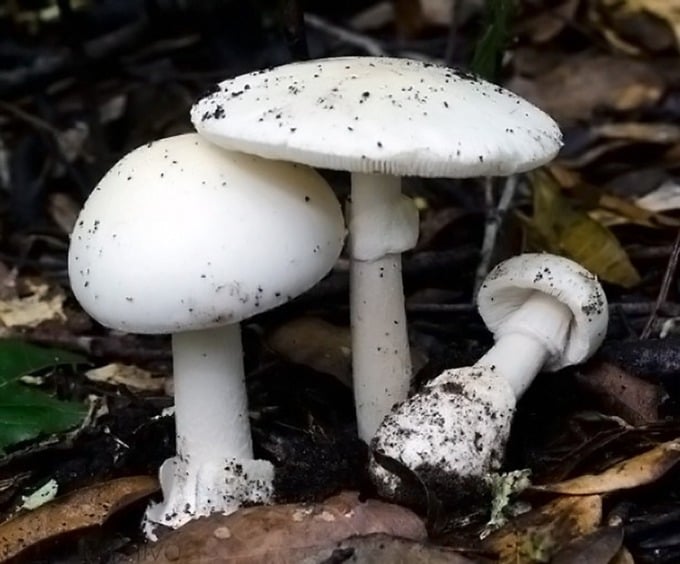
White poisonous mushroom. Photo: Mondo Funghi
The typical external characteristics of this mushroom species are a white cap, the cap is smooth and shiny, the head is round and egg-shaped when young, the cap expands to a diameter of 5-10 cm when mature, and is slightly slimy when the weather is humid. The gills and stalks are both white, the base of the stalk is swollen with a bag-shaped base, and is yellow when wet with a dilute KOH solution. The mushroom flesh is soft, white, and has a particularly mild aroma. It is often difficult to distinguish between white poisonous umbrella mushrooms and white button mushrooms.
The white parasol mushroom contains a high level of alpha-amanitin, the strongest toxin in the amatoxin group, which causes nausea, abdominal pain, vomiting, diarrhea, and then liver and kidney failure and coma. In particular, the poison in this mushroom cannot be removed by methods such as cooking, boiling or baking. Even freezing or drying does not destroy the poison from the mushroom.
White poisonous cone mushroom ( Amanita virosa)
This type of mushroom is easily confused with the poisonous white canopy mushroom ( Amanita verna) because they have similar shapes and colors, and also grow singly or in clusters on high mounds of soil or in the forest.
The mushroom cap is white, the surface is smooth and shiny, the young mushroom cap is round and egg-shaped and covered by a white base bag. When mature, the mushroom cap is often conical, the cap extends high above the base bag. The gills are also white. The mushroom stem is white, with a membrane-like ring at the upper part close to the cap. The base of the stem is bulbous and has a base bag.
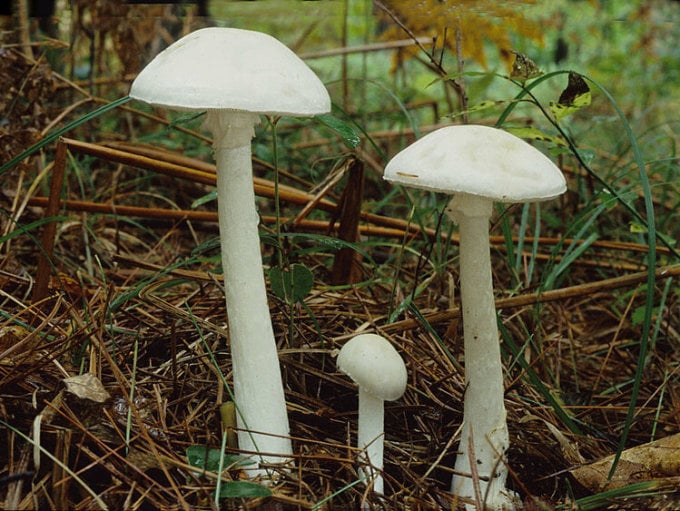
White poisonous cone-shaped mushroom. Photo: Tehran Times
The diameter of the white cone-shaped poisonous mushroom when mature is quite small compared to the white umbrella poisonous mushroom, only about 4 to 10 cm, the mushroom flesh is soft but has a rather unpleasant smell, turning bright yellow when wet with a dilute NaOH solution. The spores are white, turning blue when stained with iodine. The poison is similar to the above mushroom, amanitin (amatoxin), which is highly toxic and causes dangerous liver and kidney failure.
Guangzhou Destroying Angel Mushroom ( Amanita exitialis)
This is a type of mushroom that has been found to cause many poisoning cases in the North such as in Son La, Ha Giang ..., causing many deaths.
The fruiting body of Amanita exitialis is small to medium in size. The cap is 4-7 cm wide, convex to flattened, sometimes slightly concave in the center, smooth, white and sometimes cream in color. The margin of the cap is unlined and without appendages, the flesh is white. The gills are free-standing, white to whitish, short and oblong, arranged in 2-3 steps below the cap.
All parts of Amanita exitialis turn yellow when wetted with dilute KOH solution. The mushroom usually grows in moist, broadleaf forests.
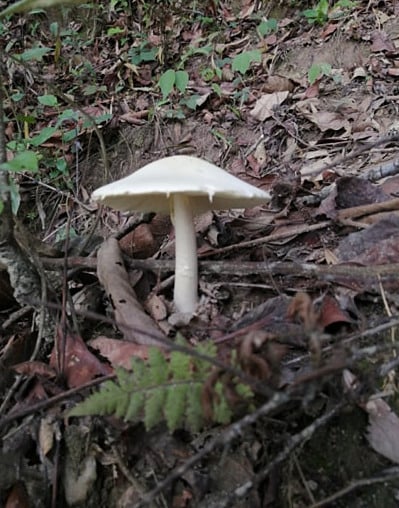
Guangzhou's destructive angel mushroom. Photo: National Institute for Food Safety and Hygiene Control
In 2020, the National Institute for Food Safety and Hygiene analyzed Amanita exitialis mushroom samples and discovered a group of amatoxins including alpha-amanitin, beta-amanitin, gamma-amanitin, phalloidin and phallacidin. These are toxins that cannot be broken down in the body and are absorbed in the liver and bile, so they are slowly excreted through urine.
American Italy
Source link






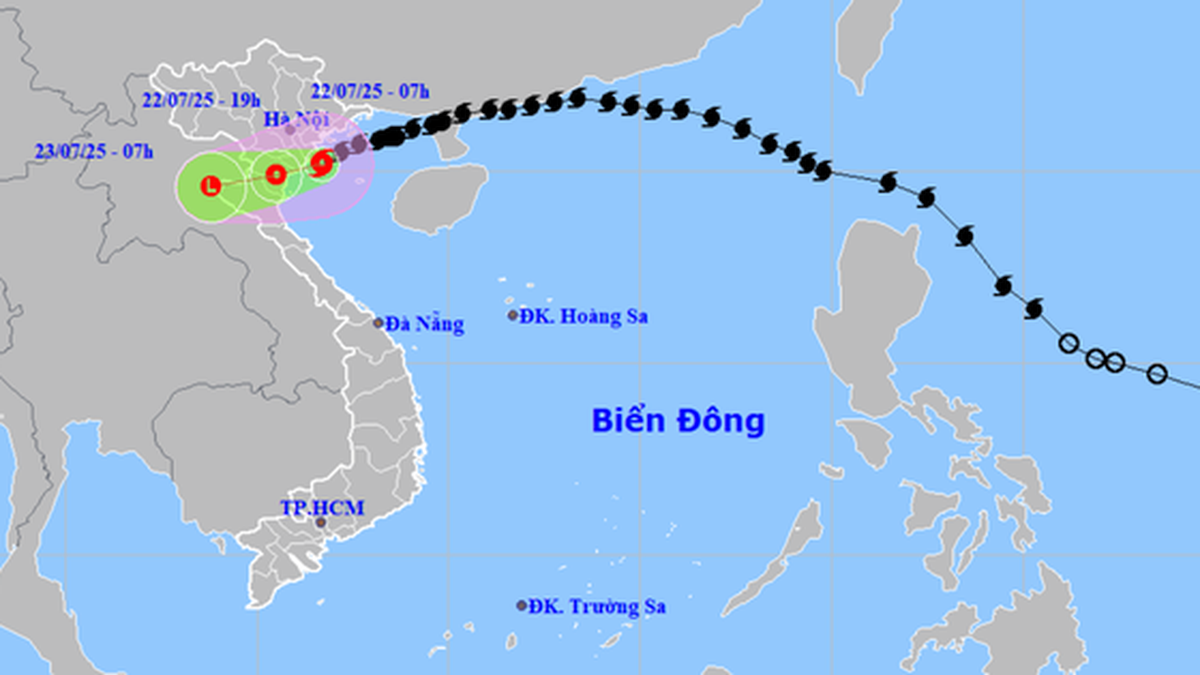
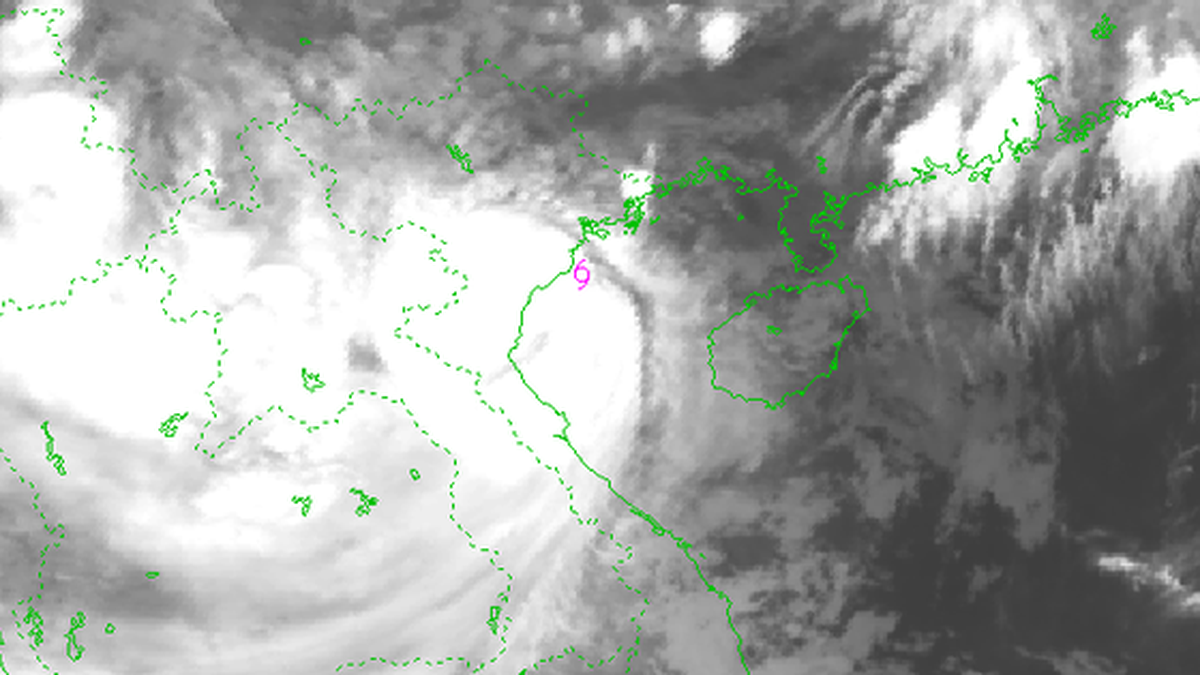






















![[Photo] National Assembly Chairman Tran Thanh Man visits Vietnamese Heroic Mother Ta Thi Tran](https://vphoto.vietnam.vn/thumb/1200x675/vietnam/resource/IMAGE/2025/7/20/765c0bd057dd44ad83ab89fe0255b783)

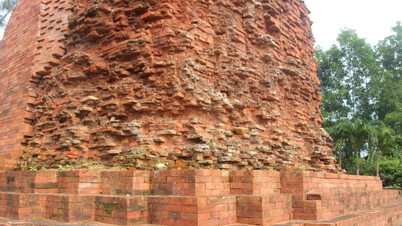



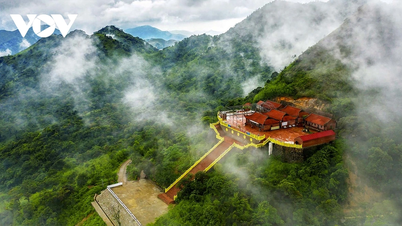



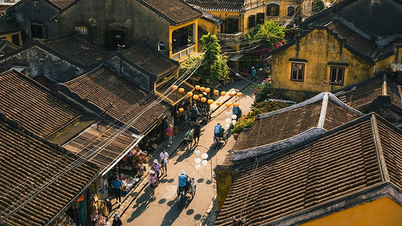





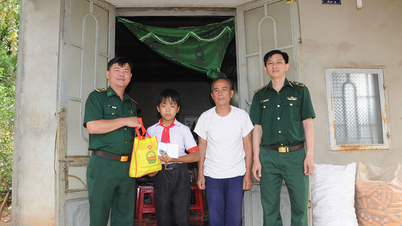












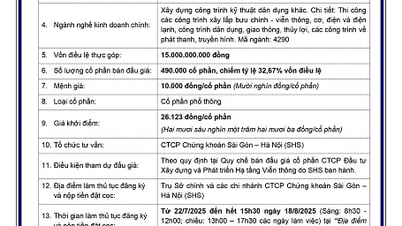







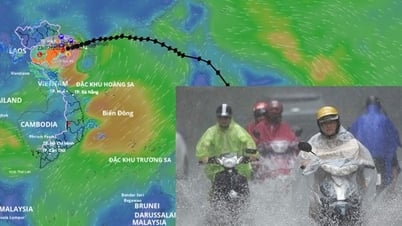

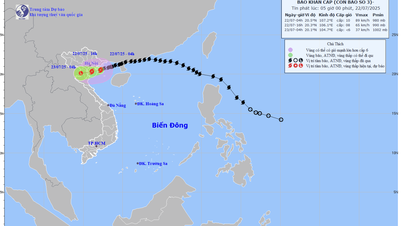








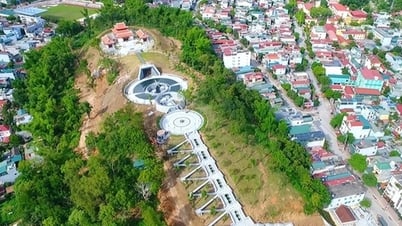

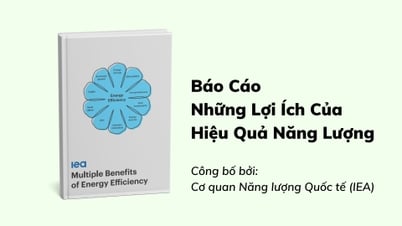





















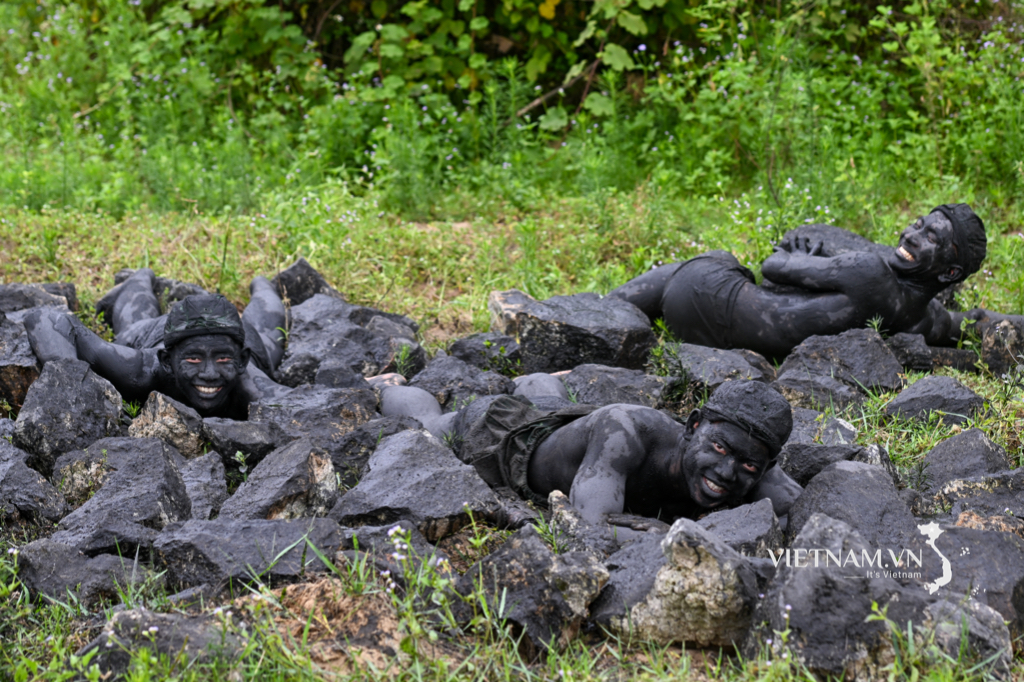

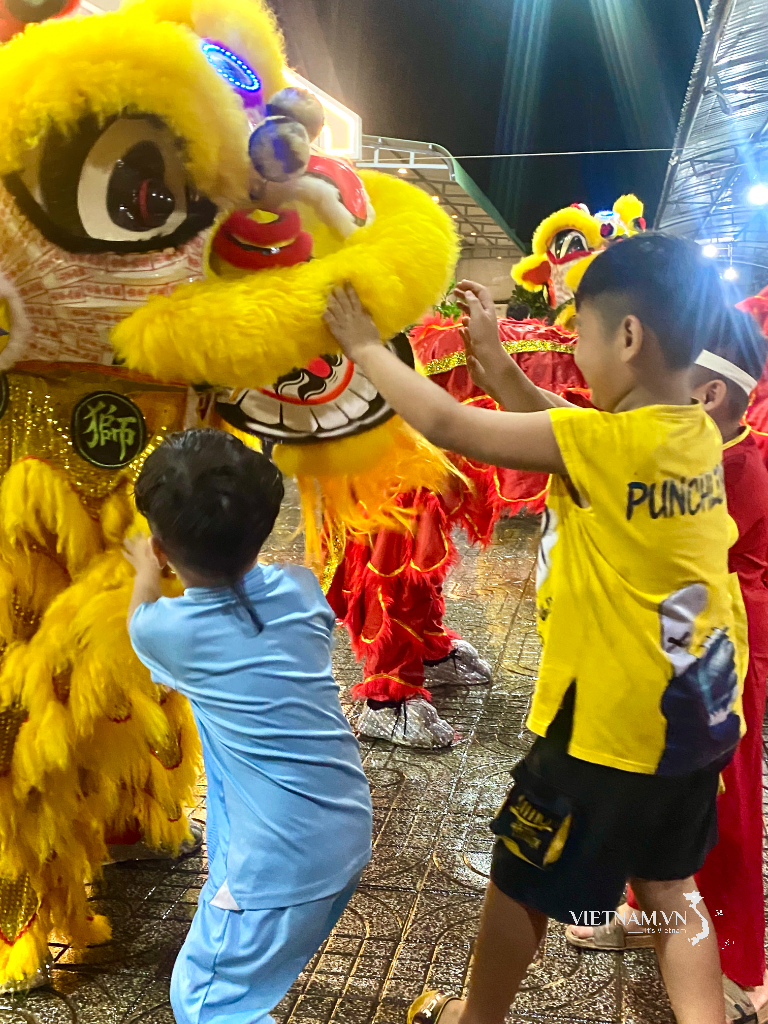
Comment (0)